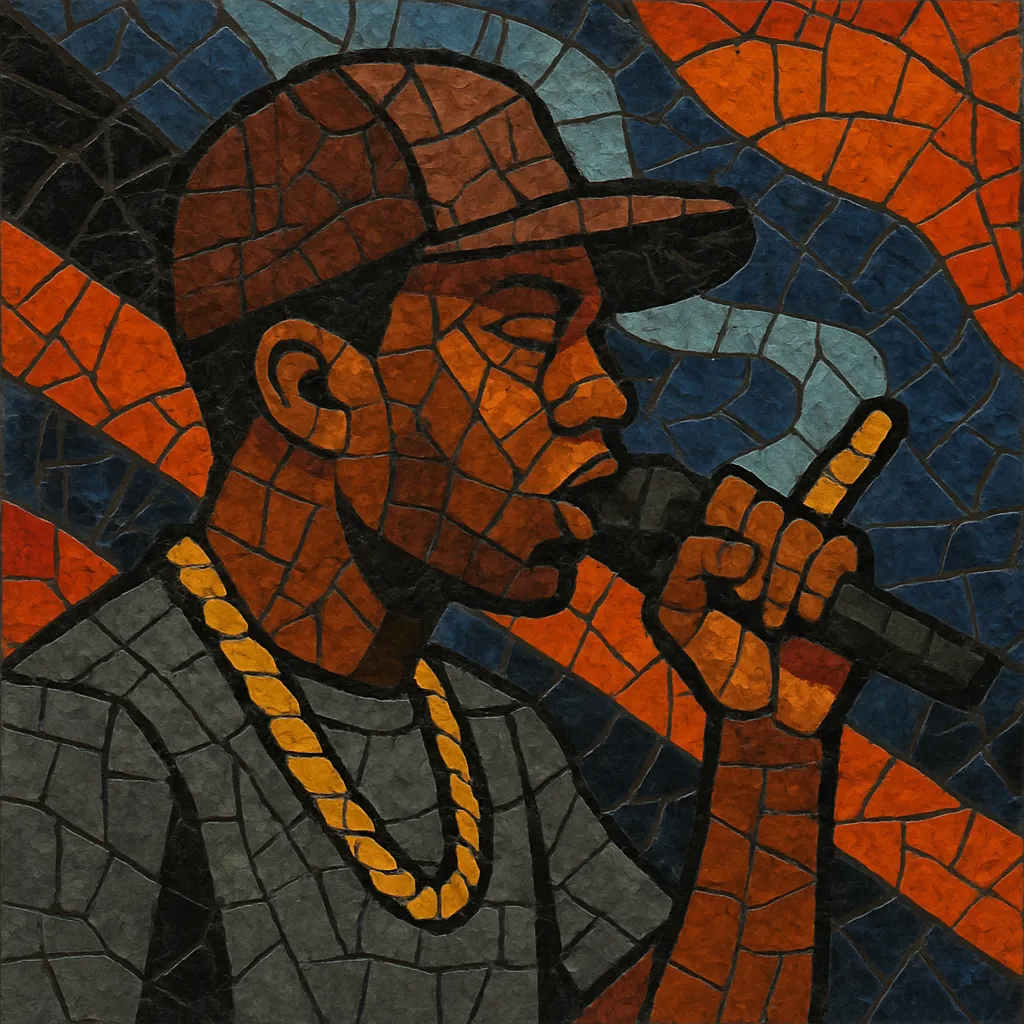Snap (often called snap music) is a minimalist, dance‑oriented subgenre of Southern hip hop that arose in mid‑2000s Atlanta. Its defining sonic hallmark is the use of finger snaps—placed where a snare or handclap would normally land—paired with booming 808 kick and sub‑bass, sparse hi‑hats, and simple, whistling or bell‑like synth hooks.
Songs are usually mid‑tempo (around 65–75 BPM, or 130–150 BPM in double‑time) with lots of negative space, chanty hooks, and call‑and‑response vocals that invite crowd participation and associated dances. Lyrically, snap emphasizes partying, swagger, and dance instructions over storytelling. Because of its catchy simplicity and ringtone‑friendly hooks, the style became synonymous with the 2000s “ringtone rap” era and exerted a broad pop/R&B influence well beyond its Atlanta roots.
Snap coalesced in Atlanta, Georgia club and mixtape circuits. Local producers and DJs emphasized space, heavy 808s, and finger snaps instead of busy snares, crafting beats that worked in strip clubs and dance‑centric venues. Early touchstones include K‑Rab’s productions and Mr. Collipark’s pop‑leaning Southern hip hop template, while Ying Yang Twins’ “Wait (The Whisper Song)” (2005) showcased the sparse snap aesthetic to mainstream audiences.
The style exploded nationally via massive hits built around ultra‑catchy hooks and simple dance cues: D4L’s “Laffy Taffy” (2005), Dem Franchize Boyz’s “Lean Wit It, Rock Wit It” (2006), Yung Joc’s “It’s Goin’ Down” (2006), DJ Unk’s “Walk It Out” (2006), Cherish’s “Do It To It” (2006), and Lil Jon’s “Snap Yo Fingers” (2006). Soulja Boy Tell’em’s “Crank That (Soulja Boy)” (2007) fused snap’s minimalism with viral, user‑generated dance culture, cementing the sound in the ringtone and early YouTube era.
Critics often dismissed snap as overly simple, but its economy of rhythm, negative space, and participatory hooks proved durable. As trap became Atlanta’s dominant export, snap waned on the charts yet seeded key ideas for later minimal West Coast styles (LA’s jerk and ratchet), and its finger‑snap backbeat became a ubiquitous pop and R&B device. Today, snap’s DNA is audible in sparse club rap, chant‑driven hooks, and the widespread use of snaps as a backbeat in mainstream productions.


